

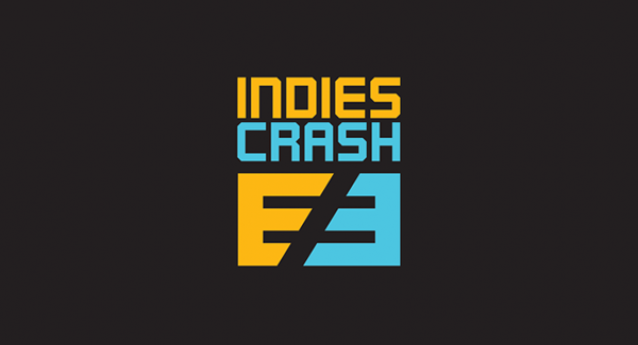
At E3, Katy Goodman and I had the opportunity to speak with Ian Kinsey and Jesse Martinez of SemiFormal Studios. They are currently working on their startup title Ensemble Online, a sandbox MMORTS with RPG elements. Their experiences in developing the game alerted them to the alarming difficulties faced by many indie groups; though indie games are quickly growing in popularity, most still struggle to create a presence at big, industry events. With this in mind, SemiFormal Studios created Indies Crash E3 to give other indies the boost that they needed to get into E3. This competition provided roundtrip airfare, hotel accommodations, and passes for the indie groups with the most nominations. With the winners of the competition milling about, the four of us settled down to chat about Ensemble Online and the obstacles faced while setting up Indies Crash E3.
KATY: What inspired you to start Indies Crash E3?
IAN: We were toying with the idea of getting a booth at E3—it’s really expensive, as you probably are aware. So, we were trying to figure out the floor space and how to put together the booth. All of the red tape and logistics. We realized that it’s really, really, really hard for a small company. If you’re a big company, they cater to you, and all the prices are made for you, but if you’re a small team, the rules, regulations, and costs are all very prohibitive for what you’re set up for. Just as a quick example, what we wanted to do with the indies was bring them in here and have them demo their games. We can’t do that without having to pay 5,000 dollars per head.
ROBYN: Oh, wow…
IAN: You can’t split the booth. That’s one of the rules. You can get in by just showing industry credentials. The problem is that the credentials they allow are credentials that show that you have employment within the industry. Most of our people—and we’re a medium sized indie—are contract based or volunteers. We don’t have a W2 or anything to show, so unless they bend the rules, we can’t get in. Luckily, the ESA has been great with us this year, and they bent the rules. Unless they change the rules, it will continue to be indie unfriendly at E3. So, realizing this we thought that we had to do something. Our booth came with 60 passes, so we said “Hey, let’s give most of them away to the indies.” We had people nominate their favorite indies, and then we brought the winners and their teams.

ROBYN: So how did nominations work with that?
IAN: The Indies Crash E3 site was up for about a month, and anyone could nominate [an indie game]. We had social media icons to get the word out. We helped people get the word out on twitter, and you tried to get votes for your nomination. Basically, from there, anyone who was disqualified either wasn’t an indie or cheated—there was no cheating, so luckily that didn’t happen. After that, we had our top ten, and those were the people that we gave passes to.
KATY: How big is the booth here?
IAN: This is a 600 square foot booth. To put that into perspective, Dreamworks also has a 600 square foot booth. Nintendo has a 20,000 square foot booth. IndieCade in the other hall has a 1,400 square foot booth.
KATY: This is your first year doing this, correct?
IAN: Absolutely.
KATY: Do you plan to come next year and keep it going?
IAN: If things go well, yeah. The ESA has done really well working with us so far. If we do it next year, we’re going to want it to cater to the indies even more. It’s like you’re pulling on a juggernaut, trying to get him to see you. We got him to at least look our way, now we have to get him to come over here. Getting in was nice, but if we do this over again, it’ll be bigger. We don’t just want to just promise others that they’ll get in. We want to actually promise something bigger, like the ability to demo more indie games.
KATY: Have you seen any changes in the industry that help cater toward indies more?
IAN: Absolutely. I don’t know if Minecraft was the first, but ever since Minecraft, the tidal wave just got so much bigger. Now you have the IGF and IndieCade, and all these things just making [indie recognition] bigger and better. The games themselves are getting bigger and better, and the people making these games are getting better. Not just because the same teams are making more games, but because there’s more indie stuff to look at. If you’re trying to make a game—we ran into this a lot—you have to go on the internet to try to figure out how to do some things. How do you market your game? How do you build your game? How do you build this kind of game? How do you get to E3? What are the prices? The big guys don’t want to share that information. Us indies, we’ll talk to about anything. We’ll tell you how it is. When you get more indies working on this stuff, they’ll tell you all these things. We couldn’t find what to expect when going to E3; the only thing that we could find was that this terrific booth cost us 30,000 dollars. Just for this tiny little booth. Other than that, how much a booth costs to construct, what you can expect at E3—no one tells you these things. That’s the kind of stuff where indies could get you that information.

ROBYN: You’re here representing Ensemble Online, correct? What inspired you to make it?
JESSE: When we first began, it started as a “Hey, this would be cool” sort of thing. Eventually, it turned into “Hey, this would be cool. I want to play this!” That’s been driving us for the last six years. The first five years have been off and on, as we’ve been working other jobs, doing other things, going to school. This year, or a little before this year, we came across an investor, and he’s been phenomenal, helping us out in every way imaginable. We learned quite a bit of things—things that you never really think of—along the way. Just getting ready for E3 has probably been the most complex problem that we’ve ever had to solve, and it’s rewarding and tough. I like a challenge, so that’s what drives us to make this game. We’re making a game that we want to play.
KATY: I think that’s a great thing about indie games. It involves small teams creating a game that they would love themselves, so it seems like they put a lot more passion into it. How would you define the game if you only had a couple words?
JESSE: It’s a sandbox building game in an MMO environment.
KATY: I think it’s a really fascinating idea. I love the artwork for it.
ROBYN: Speaking of the artwork, what inspired this particular aesthetic?
JESSE: I’ve gone through ten different visions just trying to get this. That’s kind of how we do it. I take a lot of inspirations. I don’t like to copy, and I like to make something new. I think that’s really important. This is what we’ve come up with over the past six years.
ROBYN: I think that it has a very unique appearance, so you certainly were successful in that respect.
KATY: What year did development start for this?
JESSE: Around 2007.
KATY: And how big is the team working on it?
JESSE: I think we’re at nine?
IAN: Right now we’re at nine. It started with just the two of us, and we’ve kind of grown and grown. Now we have three developers, three artists. I do some work every now and then, but usually I’m working on big stuff. We also have a writer and some other people involved in the project as well.
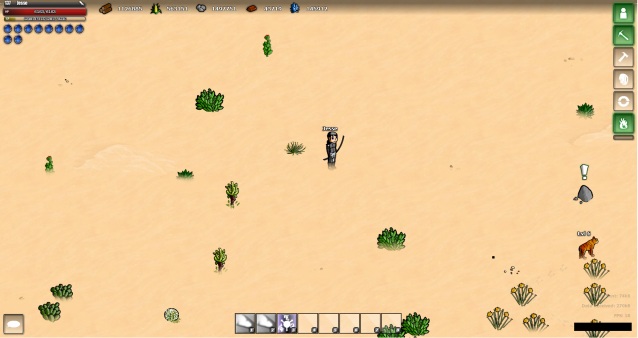
KATY: Were you influenced by any big or small MMOs out there?
IAN: Pretty much anything we play influences us. Age of Empires was a pretty big influence. We played Lineage for a while. Even things like Habbo Hotel, which is a virtual chat room. All of those elements kind of come together. There’s nothing where we’re just taking, but the stuff we play has influenced us in a subconscious way.
ROBYN: What would you say are the challenges for working with a rather small group of people on such an ambitious and cool project?
IAN: The challenge is that—not just in gaming but in any startup—you have to all be passionate about it and keep everyone at that same level of excitement. You also have to work a lot harder than a big company. In a big company, you can slack, and no one really notices. There are 50 other people to pick up the slack!
KATY: Yeah, exactly.
IAN: If you slack here, when there are only nine of us, everyone notices because there’s something missing. So, keeping everyone at the same level of excitement and keeping that same pacing is really crucial. That’s one of our biggest challenges as a small team.
JESSE: The other hard part is that, every day, you have 10 to 20 things to do. There’s only a few of you to do it, so, oftentimes, you have to cut what you want to do in order to meet the demands of what you need to do.
ROBYN: It’s possible that our audience may not be familiar with your game. How would you describe Ensemble Online to someone unfamiliar with the gameplay?
IAN: I would say that it’s a city-building game and a literal sandbox. You explore an expansive desert gathering resources, and then you use those to build cities and develop territories with friends. We have an elaborate diplomacy system, so you can ally your friends and make them work together with you to build cities. Then, you plant seeds to harvest crops, and your friends can help you with that. You use that food to make your city better. You can also try to take over everyone else’s territories. It centers on diplomacy, economics, and territory control.
KATY: I can see where Age of Empires comes into play. Is this the first game that you have worked on as a studio?
IAN: As a studio, yes. We’ve worked on different projects before. Smaller stuff, contract stuff, things like that. This is our flagship game. It’s been a lot of hard work, but it’s also been a lot of fun.
Ensemble Online will be a free-to-play, browser-based game for PC, Mac, Linux, and a large number of smartphones and tablets. Though it’s still in production, you can sign up for a beta key at playensemble.com.
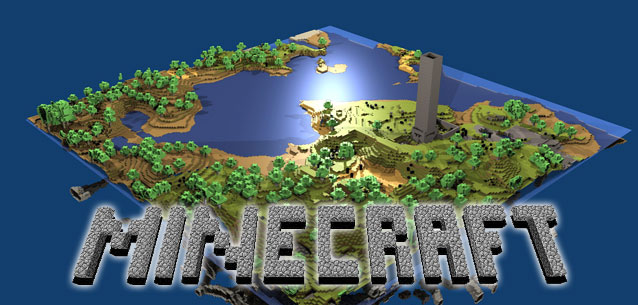
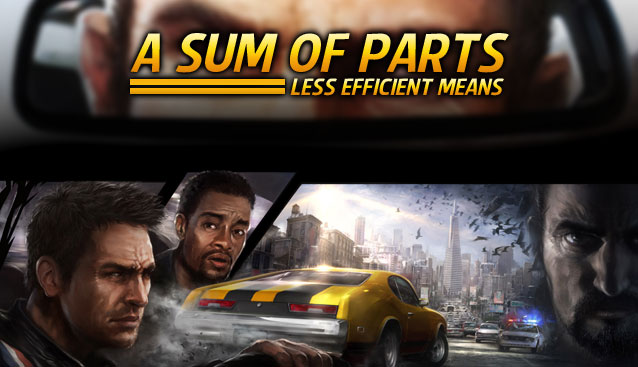
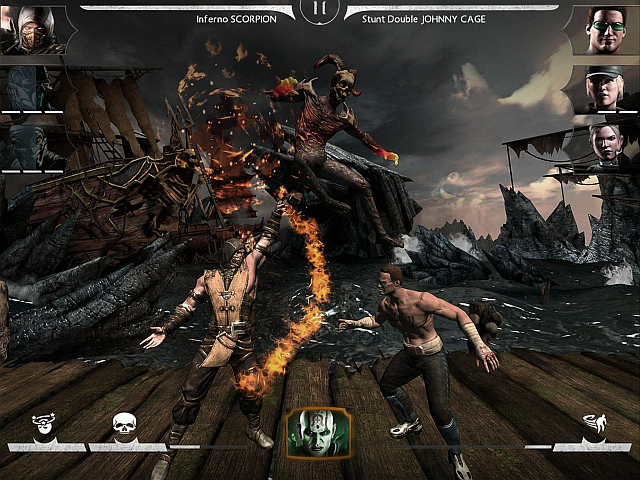

 Tom Clancy’s Rainbow Six: Siege Wiki – Everything you need to know about the game .
Tom Clancy’s Rainbow Six: Siege Wiki – Everything you need to know about the game .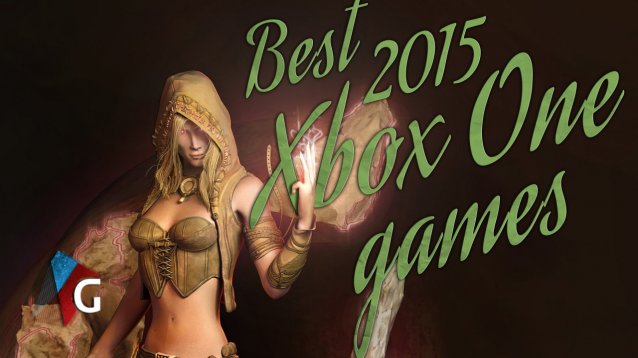 Top 10 Best Xbox One Games of 2015
Top 10 Best Xbox One Games of 2015 How to Change the Command Prompt Colors in Windows
How to Change the Command Prompt Colors in Windows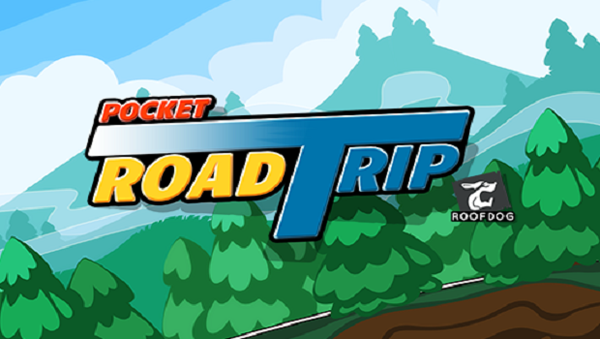 How to get Pocket Road Trip Boosts, Extra Bonus, Toolbox, Cars and Extra treasure, Tips and Tricks Guide
How to get Pocket Road Trip Boosts, Extra Bonus, Toolbox, Cars and Extra treasure, Tips and Tricks Guide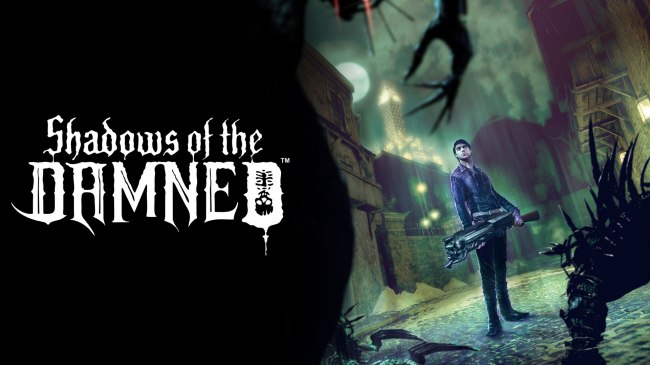 Shadows of the Damned Review Round-Up
Shadows of the Damned Review Round-Up